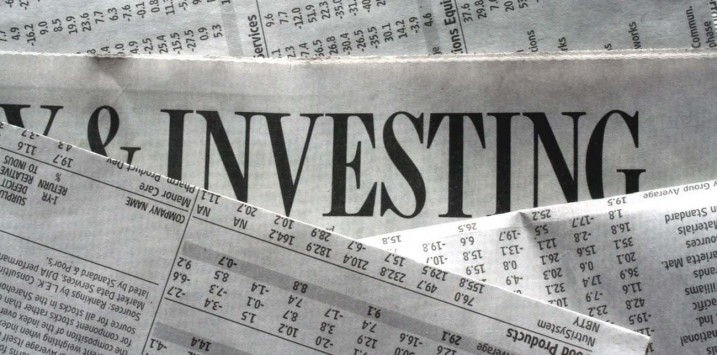
Rain Man and the Australian All Ordinaries Index (Part 2)
There have been seven bear markets since the early 1970s. That’s an average of one every seven years. Five of the bear markets, being 1974-75, the early 1980s, the early 1990s, the early 2000s, and the GFC from late 2007 until early 2009, all took approximately eighteen months to play out and all lost approximately 50 per cent from peak to trough.
Over the past four and a half weeks many leading markets have already lost between 30 per cent (Nasdaq) and more than 40 per cent (the US-based Russell 2000). My best guess is the current bear market will most emulate the 1987 crash, in terms of the percentage loss and the relatively short time taken before the bull market recommences.
Solving the Coronavirus conundrum in terms of very cheap immediate testing, or a vaccine, will be vital for any economic recovery. In the shorter term though, we know forced quarantining does eventually decelerate the growth of the virus, and if enough economies follow the South Korean example over the foreseeable future, that may be enough for the share markets to trough.
In the meantime, the crucial question, or course, is how much lower can markets go? The answer is somewhere between very little and lots. While it is impossible to know, as investors we are simply trying to find a level where bargains are plentiful, we can get a sense where the maximum degree of pessimism and fear actually coincide with the low, and most investors will be afraid to buy. Despite the 37 per cent decline in the Australian market in four and a half weeks, I still don’t think we are quite there.
So, let’s start with some US fundamentals. According to Credit Suisse, for example, only 15 per cent of US analysts have adjusted their estimates for 2020, implying very stale consensus numbers. Let’s assume the current consensus EPS numbers of US$168.25 (down 7 per cent from US$180 in September 2019) needs to be cut by a further 29 per cent to US$120.00. At the current 2,237 points, the S&P 500 is on a prospective PE of 18.6X.
Due to the enormous uncertainty, lets instead put the S&P 500 on a prospective PE of 16.7X (and a 2021 PE of 13.3X the EPS forecast of US$150 (+25 per cent)) and we conveniently arrive at a target for the S&P 500 of 2,000 points. That would be a further 10 per cent downside, and a decline from the peak (3,394 points) of 41 per cent.
Interestingly, if the Australian All Ordinaries Index also fell a further 10-12 per cent from here, that would see a target in the low 4,000 points, and a decline of 45 per cent from its peak of 7,289 points on 20 February. I’m comfortable stating that with that target as a starting point, I believe many investors would have given up by then, and that might be time to sharpen the “buying pencil.”